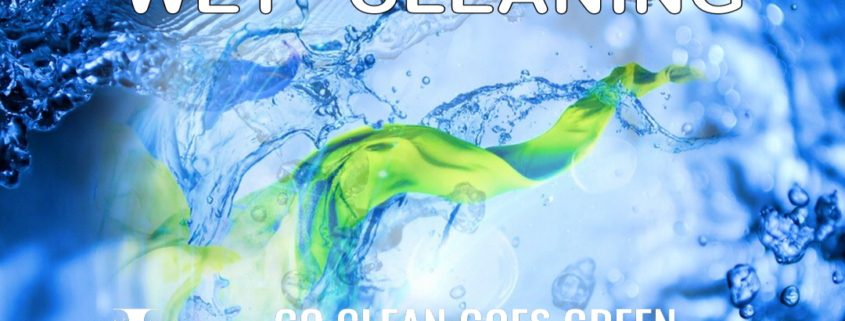Is wet cleaning better than dry cleaning?
The choice between wet cleaning and dry cleaning depends on the type of fabric or material being cleaned and the specific cleaning needs. Both methods have their advantages and considerations:
Wet Cleaning:
- Gentle on fabrics: Wet cleaning uses water-based solutions and specialized detergents that are milder and less harsh on delicate fabrics compared to dry cleaning solvents.
- Environmentally friendly: Wet cleaning avoids the use of toxic chemicals commonly used in dry cleaning, making it a more environmentally friendly option.
- Versatility: Wet cleaning can be used for a wide range of garments and materials, including wool, silk, and other sensitive fabrics.
- Water-based stain removal: Wet cleaning is effective for water-based stains, such as sweat, dirt, or food spills.
Dry Cleaning:
- Effective for oil-based stains: Dry cleaning solvents are efficient at removing oil-based stains, such as grease or oil, which can be challenging to remove with water-based methods.
- Convenience: Dry cleaning offers convenience as it typically involves dropping off and picking up garments at a dry cleaner, saving time and effort.
- Preservation of shape and color: Some fabrics may shrink or lose their shape when exposed to water, making dry cleaning a preferred method to maintain the garment’s original form.
- Specialized care: Dry cleaning is suitable for garments with intricate detailing, beading, or sequins that may be damaged by water.
It’s important to note that not all fabrics require dry cleaning or wet cleaning. Always check the care instructions on the garment’s label or consult a professional cleaner to determine the appropriate cleaning method for a specific item.




